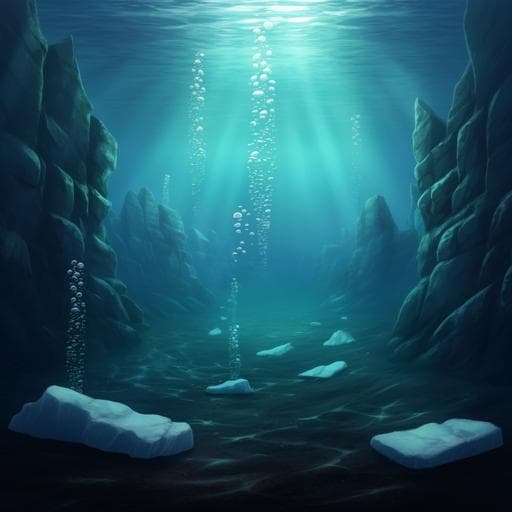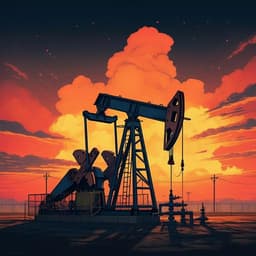
Earth Sciences
Widespread natural methane and oil leakage from sub-marine Arctic reservoirs
P. Serov, R. Mattingsdal, et al.
This paper uncovers the astonishing release of methane and oil from geological reservoirs in the Arctic Ocean, revealing a crucial link between glacial erosion and hydrocarbon emissions. Conducted by a team led by Pavel Serov and including Rune Mattingsdal, Monica Winsborrow, Henry Patton, and Karin Andreassen, this research highlights an underestimated source of fossil methane in the global carbon cycle.
~3 min • Beginner • English
Related Publications
Explore these studies to deepen your understanding of the subject.







